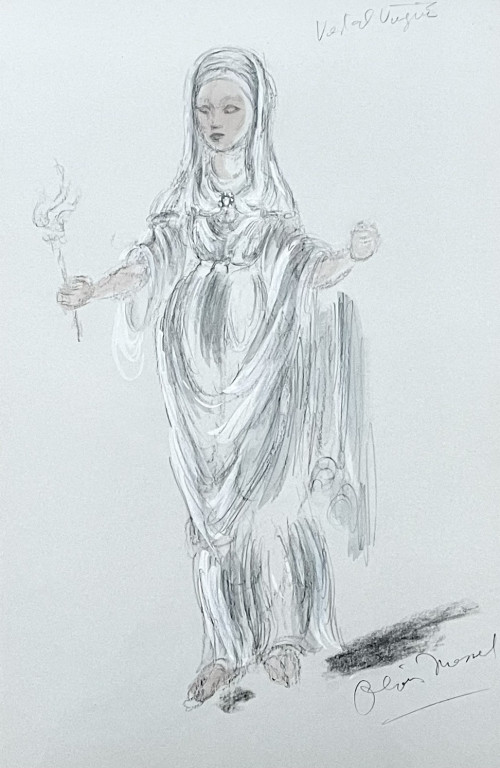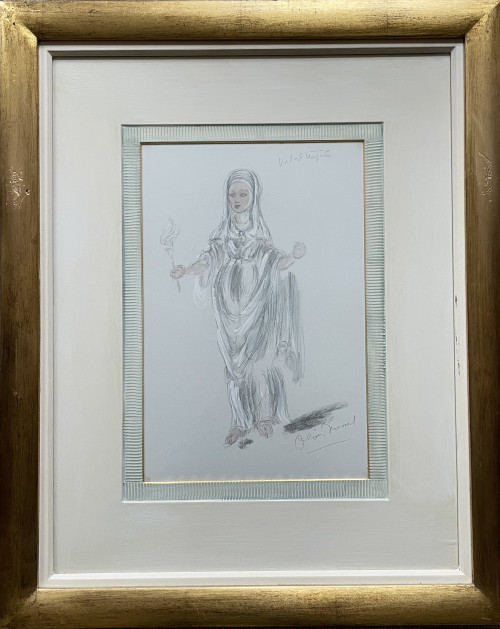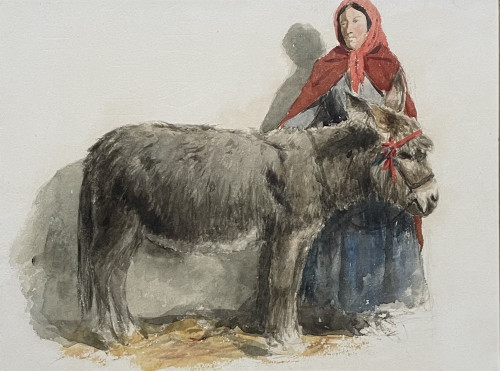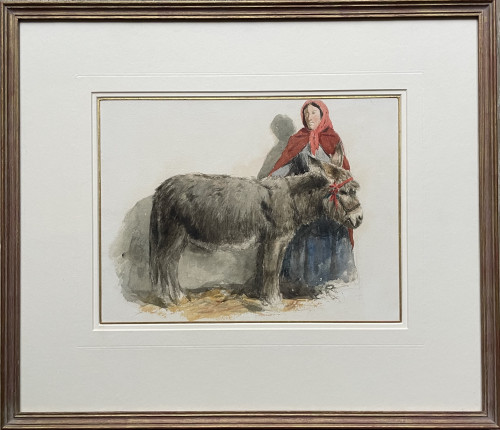- HOME
-
- View All Items
- New Arrivals
- Featured Items
- Artists
-
- View All
- Contemporary
- Birmingham School
- Cotswold Group
- Landscape
- Urban Townscape
- Abstract
- Animals/Birds
- Arts & Crafts
- British Impressionist
- Botanical
- Design/Industrial
- Fantasy/Fairy Subjects
- Female Artists
- Figurative
- Historical
- Illustration/Cartoon
- Marine
- Military/War Artist
- Modern British
- Pre-raphaelite/ Romantic/ Aesthetic
- Nude
- Portrait
- Prints
- Scottish
- Sculpture
- Sporting
- Still Life
- Theatrical
- Interiors/Architectural
-
ARCHIVE
Genre
- View All
- Contemporary
- Birmingham School
- Cotswold Group
- Landscape
- Urban Townscape
- Abstract
- Animals/Birds
- Arts & Crafts
- British Impressionist
- Botanical
- Design/Industrial
- Fantasy/Fairy Subjects
- Female Artists
- Figurative
- Historical
- Illustration/Cartoon
- Marine
- Military/War Artist
- Modern British
- Pre-raphaelite/ Romantic/ Aesthetic
- Nude
- Portrait
- Prints
- Scottish
- Sculpture
- Sporting
- Still Life
- Theatrical
- Interiors/Architectural
- ARTISTS
- Online Exhibitions
- Events
- About
- Contact
- Home
- Medium
- Watercolour & Drawing
- Ruins of the Gama al-Hakim, Cairo
Ruins of the Gama al-Hakim, Cairo
Ruins of the Gama al-Hakim, Cairo
Boyce initially trained as an architect but after a meeting with David Cox in Wales in 1849 decided to give up architecture in favour of painting. In about 1849 he met Rossetti and the two became close friends sharing a house together for a time in Chatham Place, Blackfriars. Boyce concentrated on landscape watercolours, applying the strict Pre-Raphaelite principles of truth to nature. His diaries are a valuable source of information on the Pre-Raphaelites. Boyce exhibited at the Royal Academy from 1853-1861 but mainly showed at the Old Watercolour Society where he exhibited a total of 218 works in the summer and winter exhibitions. Works by him are in many public collections including the Tate Gallery, British Museum and Victoria & Albert Museum. In October 1861, following the death of his sister Joanna Boyce in childbirth, Boyce travelled to Egypt in the company of Egron Lundgren (1815-75) the Swedish Painter, and Frank Dillon (1823-1909), a pupil of James Holland. J.L. Roget described their stay in Egypt: “These three artists hired a house in Gizeh on the river bank, and there they lived for a time in Oriental fashion. [Lundgren’s] letters describe the native hospitality they received from a young Egyptian, Iscander Bey, son the late Solomon Pasha, visits to the Boulay Museum and the Sphinx’s head, and an English picnic at the Pyramid of Cheops.” (Roget, A History of the the Old Water-Colour Society, 1891, Vol II, p.405) When in Egypt Boyce largely concentrated on topographical work including views of Egyptian temples and ruins. He left Egypt in February 1862, arriving in London at the end of March. The Al-Hakim Mosque was originally built as an enclosure by the Fatimid vizier Gawhar Al-Siqilli (c.928-992) but was later incorporated into the extended fortifications built by Badr al-Jamali. It is named after Imam Al-Hakim bi-Amr Allah (985-1021), the sixth Fatimid caliph. Boyce shows in his watercolours one of the two minarets on either side of the façade, the earliest surviving minarets in the city. At various times the mosque was used as a prison for captured Crusaders, as a stable by Saladin, as a fortress by Napoleon, and as a local school. As a result, by the time Boyce made his visit the mosque had fallen out of use and was in a state of ruin. In 1980 the mosque was extensively refurbished in white marble and has returned to being a place of worship.
Dimensions:
Thank you for your enquiry.
We will get back to you soon.
Please create wishlist to add this item to
RELATED ITEMS
















